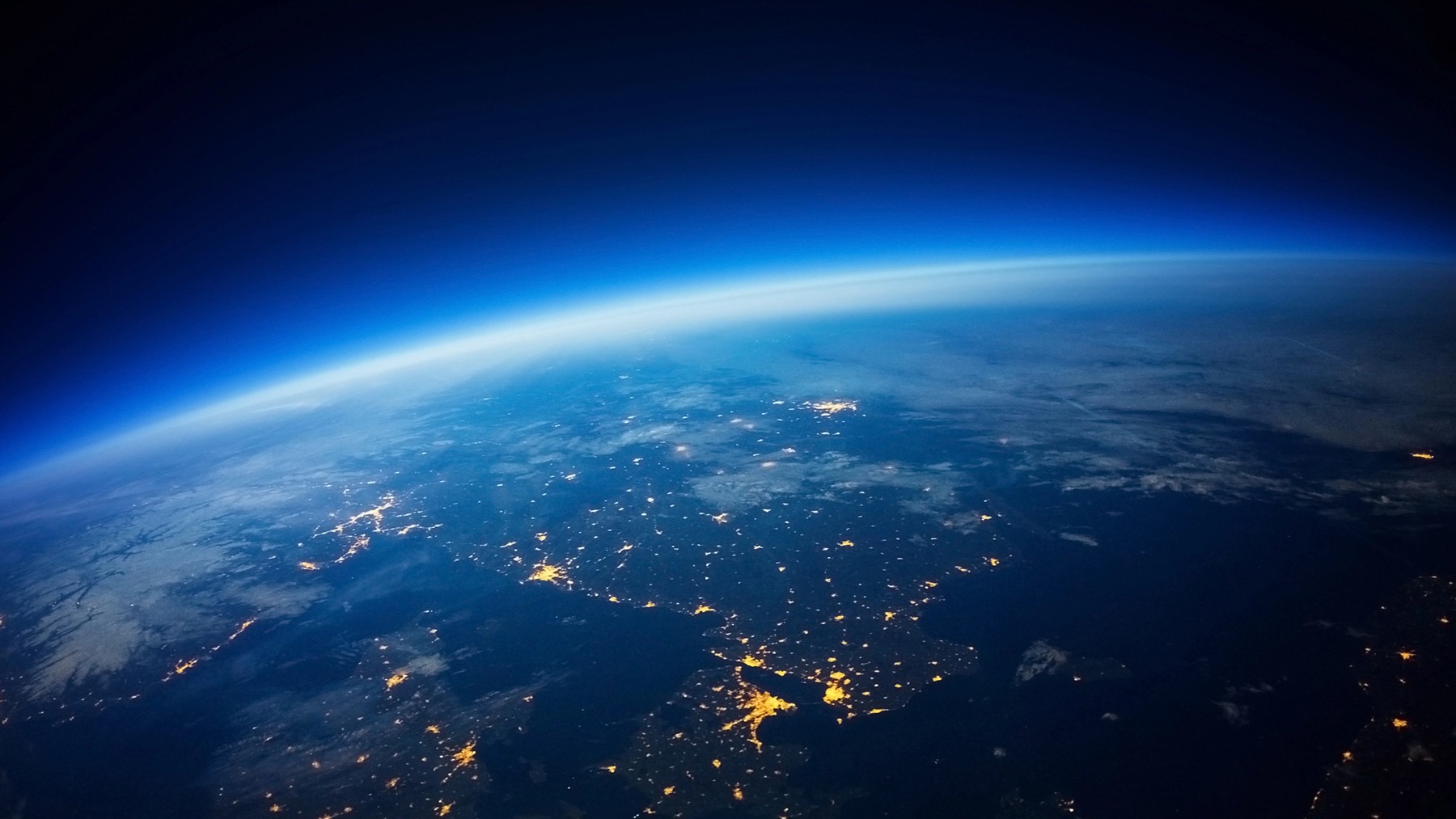Space has captivated mankind for as long as we can remember. While it has so many unknowns still waiting to be unlocked by us, it also has many answers to some of the problems that we face on Earth. Many scientists and researchers have agreed that harnessing solar power from space is the answer to our renewable energy problem, but others believe there’s a daring alternative that we should try.
Goodbye to space solar power with an interesting alternative
The global population is increasing, and so is the global energy demand. Renewable energy sources are our go-to solution, as they are plentiful and naturally replenishable. And what could be more plentiful than the sun itself? Unfortunately, harnessing solar power is not as foolproof as one would think. Solar power’s total energy differs throughout the day, seasons, and across latitudes, which means its efficiency is not reliable. The buildup of dust and dirt also impacts its functioning.
It’s not over for solar power yet, as many people have turned to space. Researchers believe that harnessing solar power from the Earth’s orbit will answer all of our problems. However, with its technology still under development and high construction costs, others believe that there is a daring alternative we should try. Who knows, we might be saying goodbye to space solar power sooner than we think.
The daring alternative that we should try
The daring alternative to turn to is wind power. And before you roll your eyes, hear us out. Scientists have been developing wind turbines with the ability to work in extreme locations and to generate electricity in very slow winds. According to a research scientist at NASA Ames Research Center in Mountain View, California, Victoria Hartwick, and her colleagues, these turbines will be ideal to use on Mars.
According to Physicsworld, a new study found that the winds on Mars are strong enough to produce electricity to support Mars missions, despite its very low air density of 1%. While many researchers have disregarded the idea, Hartwick and colleagues reckon it’s worth exploring, as they:
“could comprehensively assess the wind power potential across the entire surface and throughout the entire Mars year.”
To do this, they utilized four different wind turbines to determine their potential power production on Mars. The results were shocking and will have us bid goodbye to harnessing solar energy from space. Their calculations included large-scale machines such as:
300-kilowatt Enercon E3, which comprises a 100-foot-diameter (33-meter) rotor, and
five-kilowatt Aeolos V, which comprises a 15-foot-diameter (4.5-meter) rotor
The shocking results that no one saw coming
Hartwick and colleagues’ results indicated that wind power maximized during nighttime on Mars, indicating its suitability to complement solar power. The results also confirmed peak wind power during global dust storms and throughout winter in polar and middle latitudes, when solar power is lacking.
“We were able to identify 13 broad regions with stable wind resources.” – Hartwick
The researchers concluded that 40 out of 50 Martian landing sites could potentially supply useful power. Three of those sites have wind speeds that could produce 24 kW for more than 35% of the year. That is enough power for a six-crew team. Seven sites have wind energy that can produce more than 50% of the required power during winters or dusty periods.
Hartwick and colleagues concluded that combining wind turbines with solar arrays on Mars will boost the period in which power exceeds mission requirements from 40% to between 60% and 90%. They hope that their research and its findings will inspire others to find broader power solutions in space and to develop wind turbines that will operate on Mars with high efficiency. For some, the sky is the limit; for others, it is beyond.
